Environmental Impact Statements (EIS)
Often associated with and/or required by federally or state funded projects as part of NEPA, an Environmental Assessment (EA) is a public document that provides sufficient evidence and analysis for determining whether to prepare an Environmental Impact Statement (EIS) or a Finding of No Significant Impact (FONSI).
The purpose of an EA level of review is to determine whether a proposed action has the potential to significantly affect the human environment. If none of the potential impacts assessed in the EA are determined to be significant, the responsible official prepares a FONSI, which briefly presents, in writing, the reasons why an action, not otherwise categorically excluded, would not have a significant impact on the human environment.
An Environmental Impact Statement (EIS) is a detailed written statement required under NEPA when one or more environmental impacts would be significant and mitigation measures cannot reduce the impact(s) below significant levels.
Environmental Assessment (EA):
Purpose and Process: An EA is a concise public document used to determine whether a federal action has the potential to cause significant environmental effects. The EA process involves evaluating the potential environmental impacts of a proposed project or action. If the EA finds that the impacts will not be significant, it will lead to a Finding of No Significant Impact (FONSI).
Finding of No Significant Impact (FONSI): A FONSI is a document that explains why an action that is not categorically excluded from NEPA review will not have a significant impact on the environment. It summarizes the analysis and findings of the EA and is a critical step in the NEPA process, as it can determine whether a more detailed EIS is necessary.
Environmental Impact Statement (EIS):
When is an EIS Required? An EIS is required when a project or action is expected to significantly affect the environment. This document is more detailed than an EA and is used for larger projects or those with more significant environmental impacts.
Content of an EIS: The EIS includes a thorough analysis of the potential environmental impacts of the proposed action and alternatives to the action. It also outlines mitigation measures to reduce environmental harm. The EIS process involves several steps, including scoping, preparing a draft EIS, public review and comment, and preparing a final EIS.
Public Involvement: Public participation is a key component of the EIS process. The public, as well as various governmental agencies, are given opportunities to comment on the draft EIS. These comments must be considered in the final EIS.
Additional Considerations in NEPA Reviews:
Categorical Exclusions (CEs): Certain actions may be categorically excluded from the requirement to prepare an EA or EIS if they typically do not have a significant environmental impact. These are actions that have been determined through experience to have minimal impacts.
Timeframe and Cost: The NEPA process, particularly for an EIS, can be time-consuming and costly. It requires thorough environmental analysis and extensive documentation. The time and cost involved can vary significantly based on the complexity of the project and the extent of environmental impacts.
Legal Challenges: Decisions made under NEPA are subject to legal challenge, often based on the adequacy of the environmental review. Ensuring a thorough and compliant NEPA process is crucial for the legal defensibility of project decisions.
State NEPA Analogs: Some states have their own NEPA-like laws requiring environmental review of state-funded projects or actions. These state-level reviews often mirror the federal NEPA process but can have different or additional requirements.
Frequently Asked Questions
If you have additional questions reach out and a team member will get in touch with you.
The National Environmental Policy Act (NEPA) aims to ensure that environmental factors are considered in federal decision-making. It requires federal agencies to assess the environmental effects of their proposed actions before making decisions.
An EA is a concise document that analyzes the potential environmental impacts of a proposed federal action. It determines whether those impacts are significant enough to warrant a more detailed Environmental Impact Statement (EIS).
An EIS is required when a proposed federal action is likely to significantly affect the environment. This document is more comprehensive than an EA and involves a detailed evaluation of potential environmental impacts and mitigation strategies.
A FONSI is a document that a federal agency may issue if, after conducting an EA, it finds that the proposed action will not have a significant impact on the environment. It explains why an action will not have significant environmental effects and why an EIS is not necessary.
An EIS includes a detailed analysis of potential environmental impacts and explores various alternatives and mitigation strategies to reduce these impacts. The goal is to identify ways to minimize, avoid, or compensate for adverse environmental effects.

